Oritori Ishigaki City Official Tourism Information Site
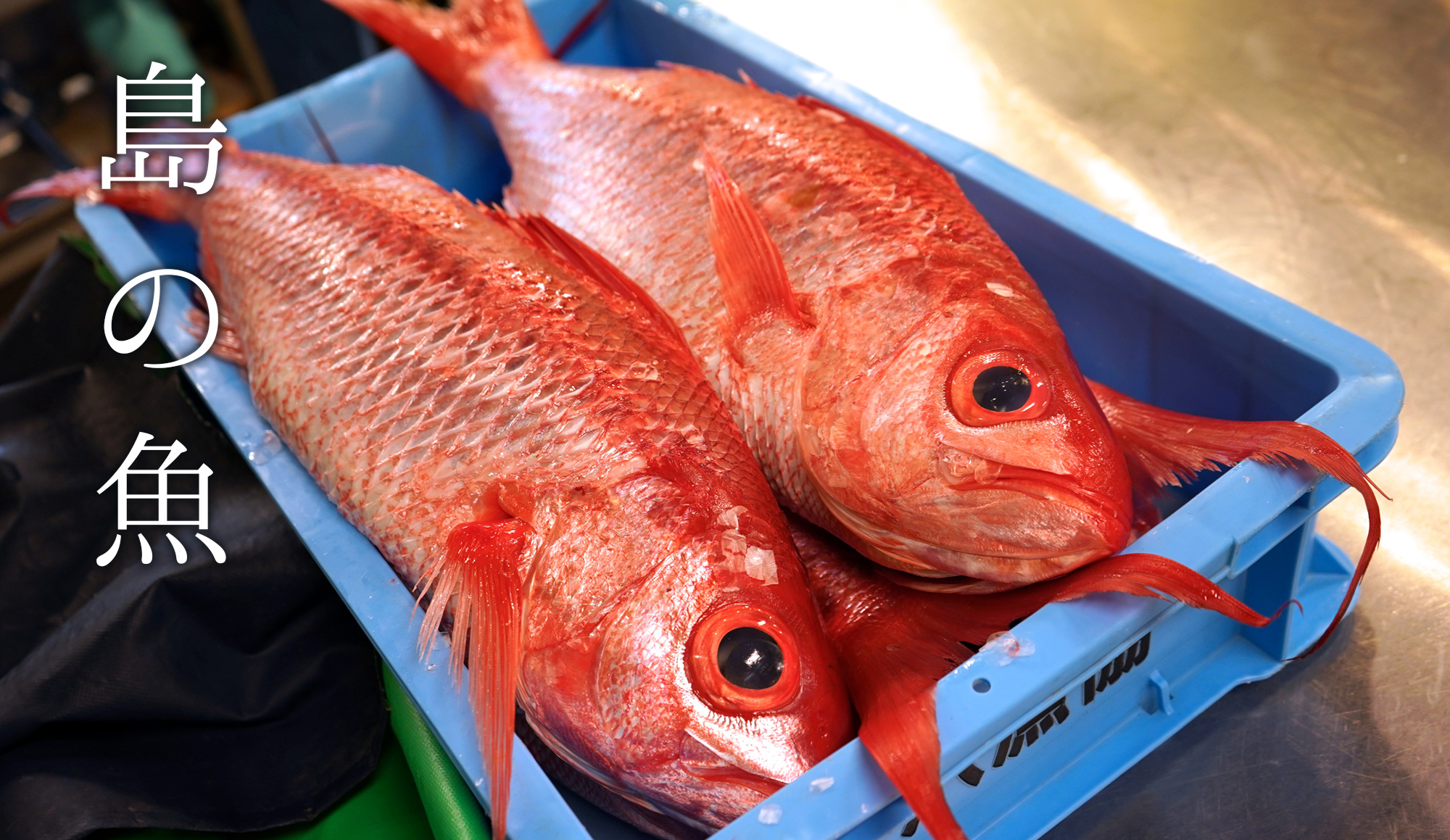
On Ishigaki Island, it is common to see fresh fish dishes such as sashimi on the dinner table. Tuna and bonito are caught in the nearby waters, as well as the three most expensive fish in Okinawa, such as the red sea bream, red snapper, and white sea bream. The island is rich in marine resources, and there are over 20 fresh fish shops scattered around the fishing port of Ishigaki Island.
The Michitake Maru, a fisherman's boat that began operations in the early 1800s, was the first to start tuna longline fishing, squid fishing, and fish-attracting light fishing on Ishigaki Island.
Michitakemaru has also operated a fish shop since around 1955, and is currently run by Sayaka Nakajima, who prepares, manages, and sells the fish caught by Michitakemaru and those purchased at auctions.
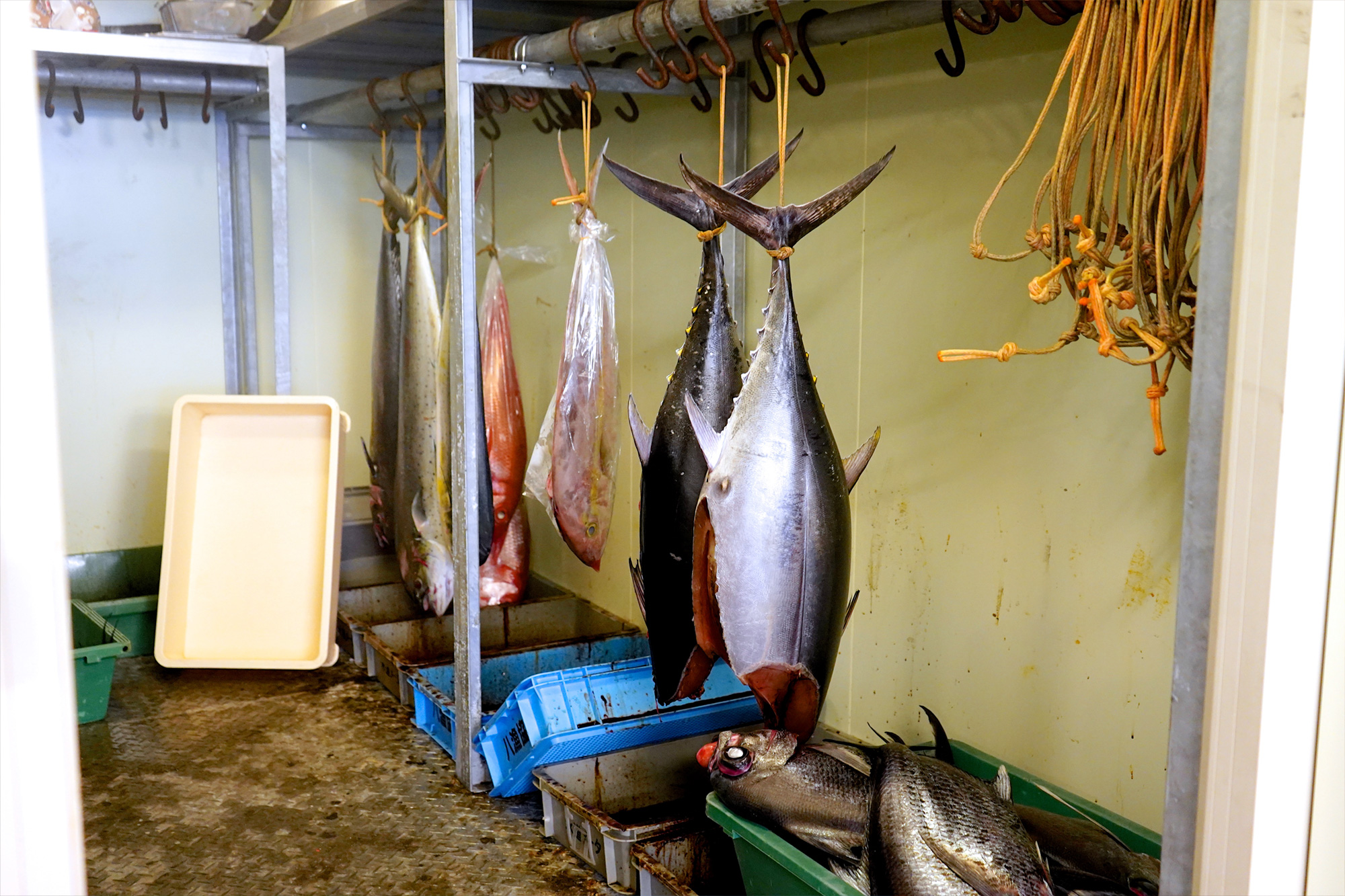
Hanging the fish upside down prevents damage to the flesh and also helps drain the blood.

Kiyoka filleting an akamachi (sea bream)
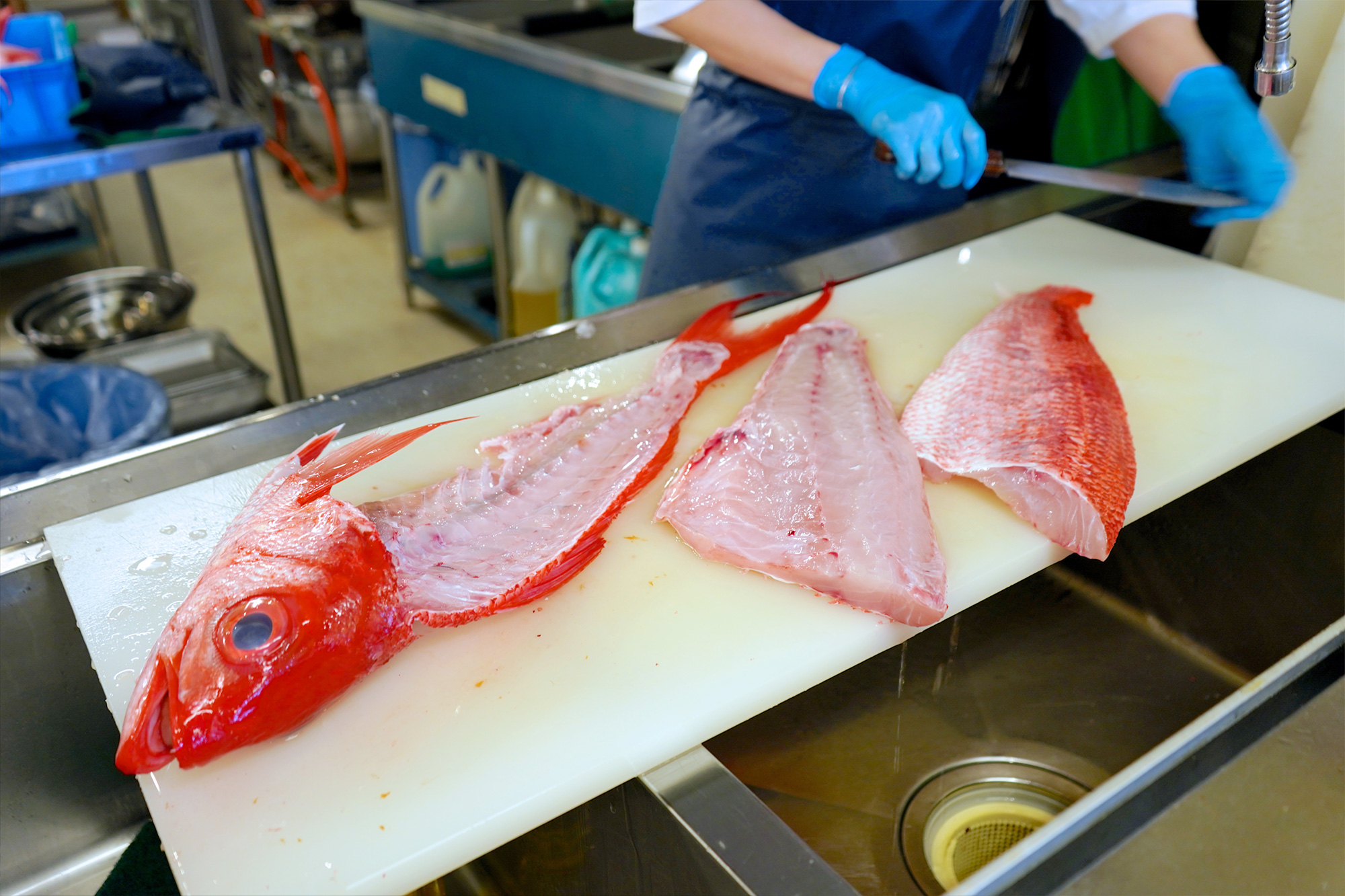
"Ever since I was little, I've always seen my father going out to sea to fish, and fish were a part of everyday life," says Kiyoka. Even after she married and moved to Kanagawa Prefecture, the hometown of her husband, whom she met on Ishigaki Island, she continued to work as a wholesaler, selling fish caught by the Michitake Maru to stores on the mainland.
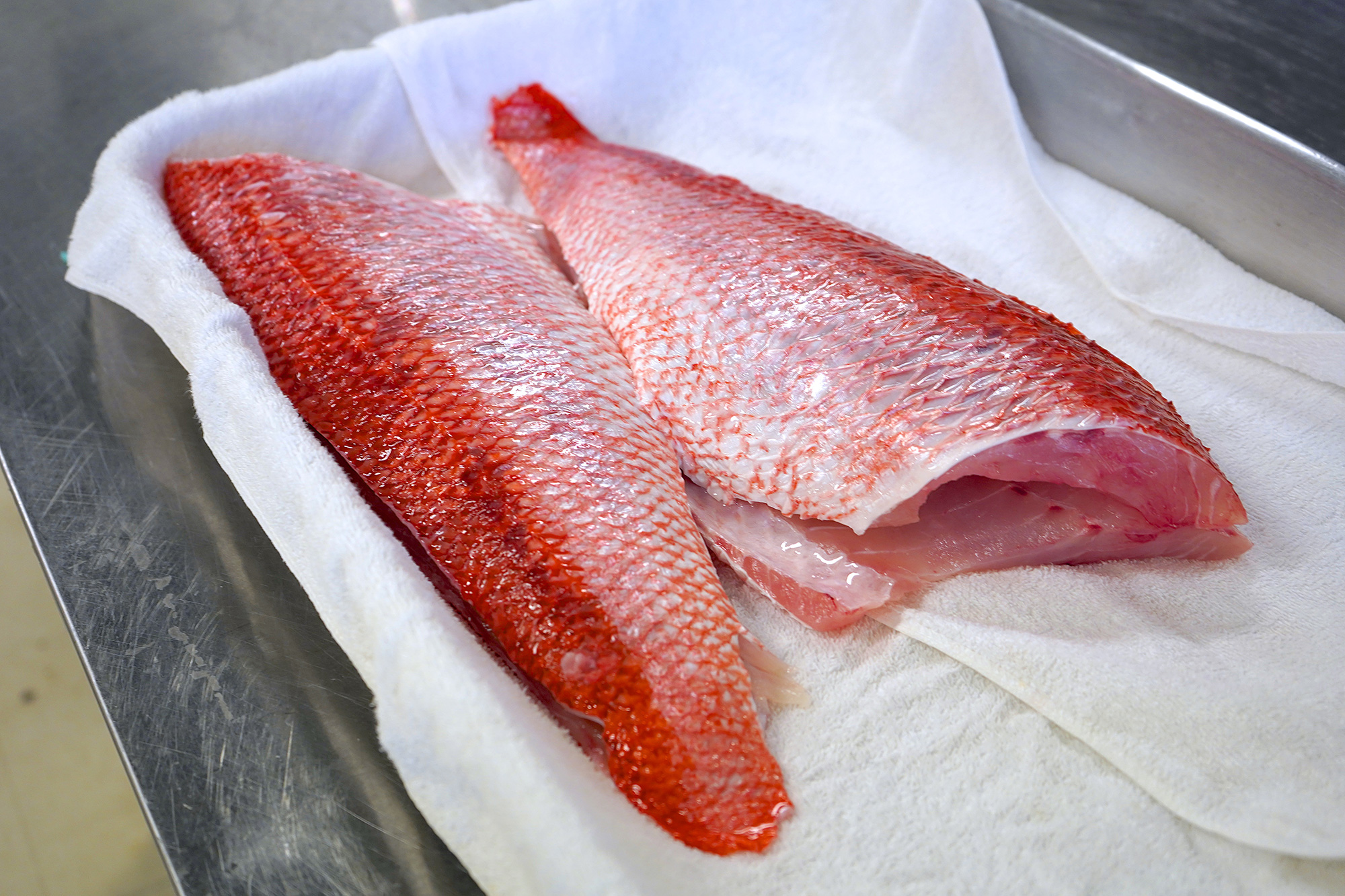
Her grandmother, Take, asked her, "I'm thinking of retiring from the fish shop. Would you like to take over?" She realized that even though she was in Kanagawa, the fish she was selling were from Michitakemaru, and that her base was still on Ishigaki Island, so she decided to return to Ishigaki Island with her husband.
Just as Kiyoka returned to Ishigaki Island and was getting used to her job at the fish shop, the novel coronavirus pandemic began.
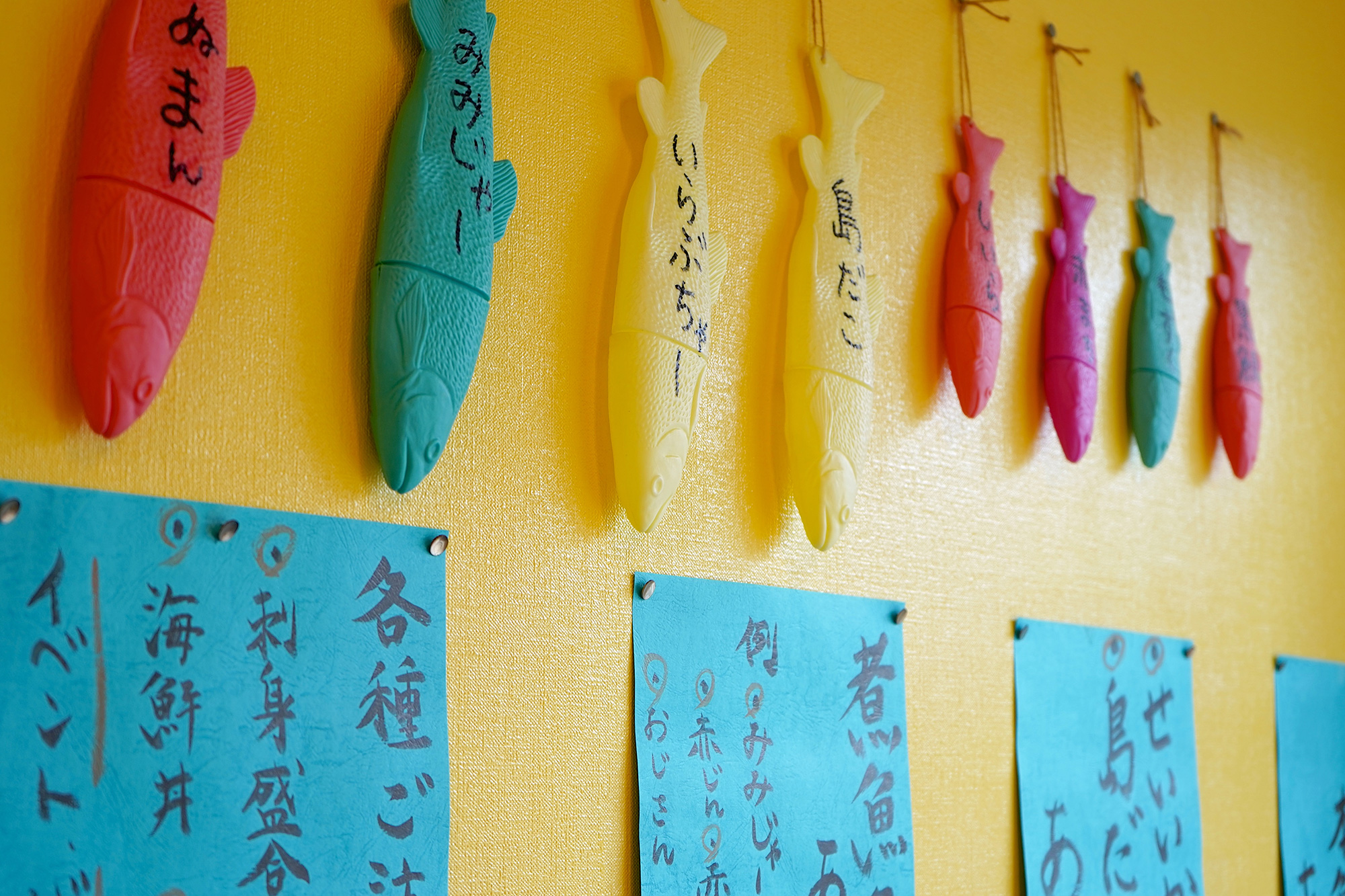
The Michitake Maru can catch up to 5 tons in one fishing trip, but due to the COVID-19 pandemic, the amount of fish shipped has decreased significantly, and large amounts of fish have been discarded.
Kiyoka felt strongly that the efforts and passion of the fishermen who risk their lives to go out fishing, and the lives of the fish they catch, should not be wasted, so she began developing processed products using fish.
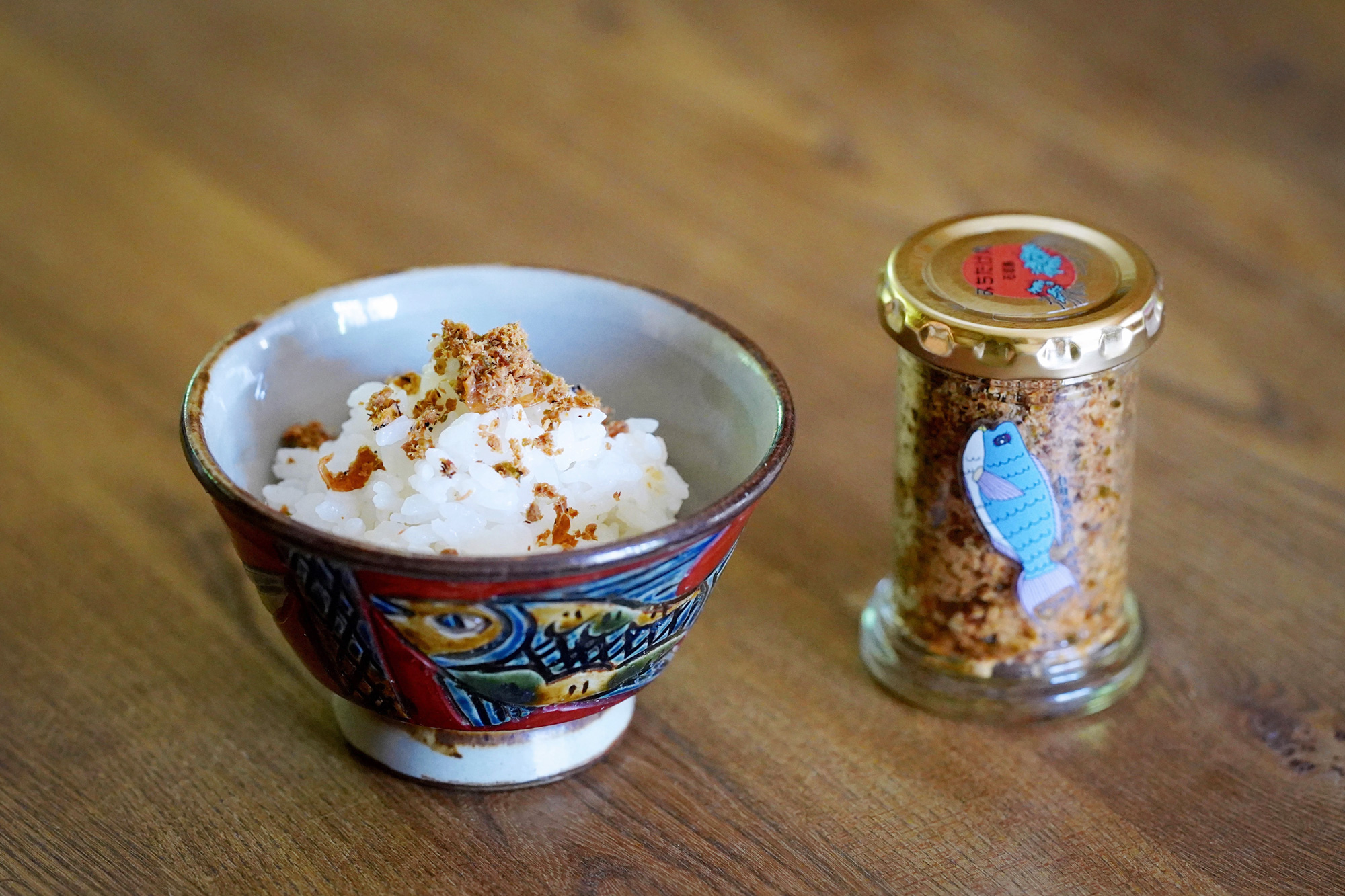
White fish furikake
The fish caught at Michitakemaru are transformed into delicious processed products without waste, such as tuna and white fish simmered in soy sauce, furikake seasoning, chili oil, olive oil pickles, and delicious dashi stock bases.
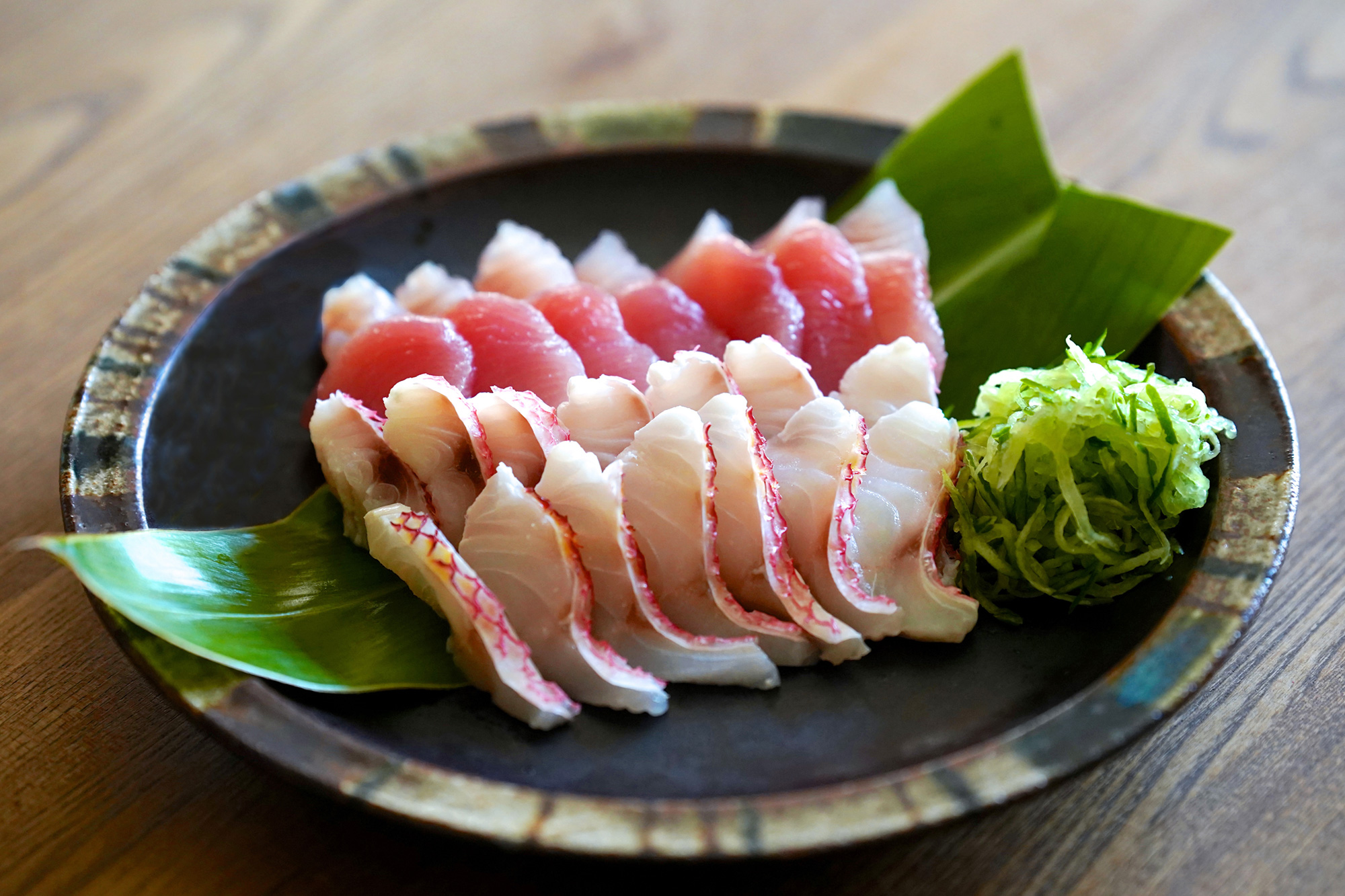
It is generally said that sashimi tastes best when it is freshly caught, but in fact, just like beef for steak, fish can be aged under proper management to increase the umami components such as amino acids, making it even more delicious when left to rest.
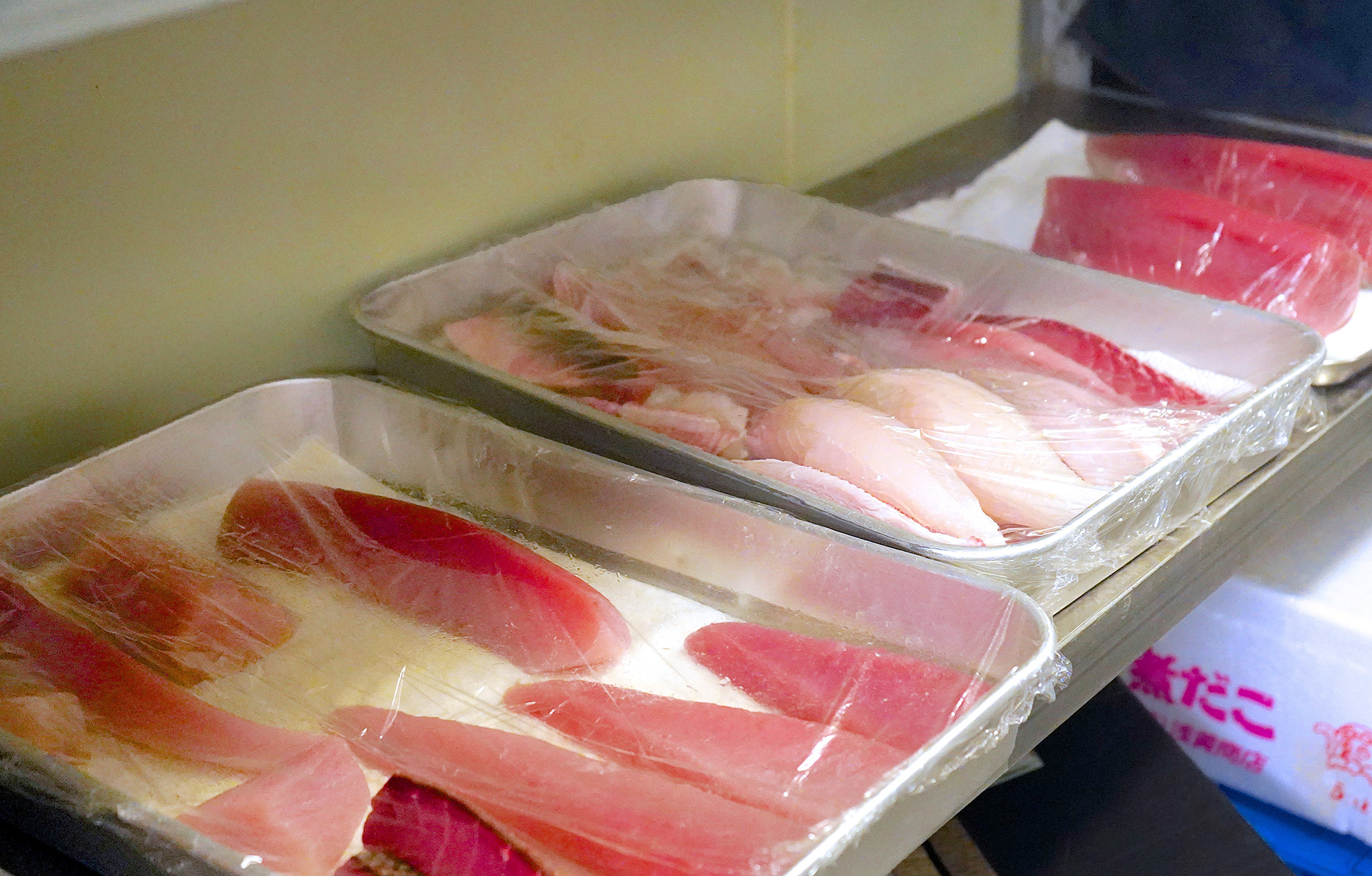
"Currently, we mainly develop and sell processed fish products, but in the future, we would like to focus on developing cosmetic products using cod liver oil and other ingredients, with the theme of 'beautiful from the inside and out.'"
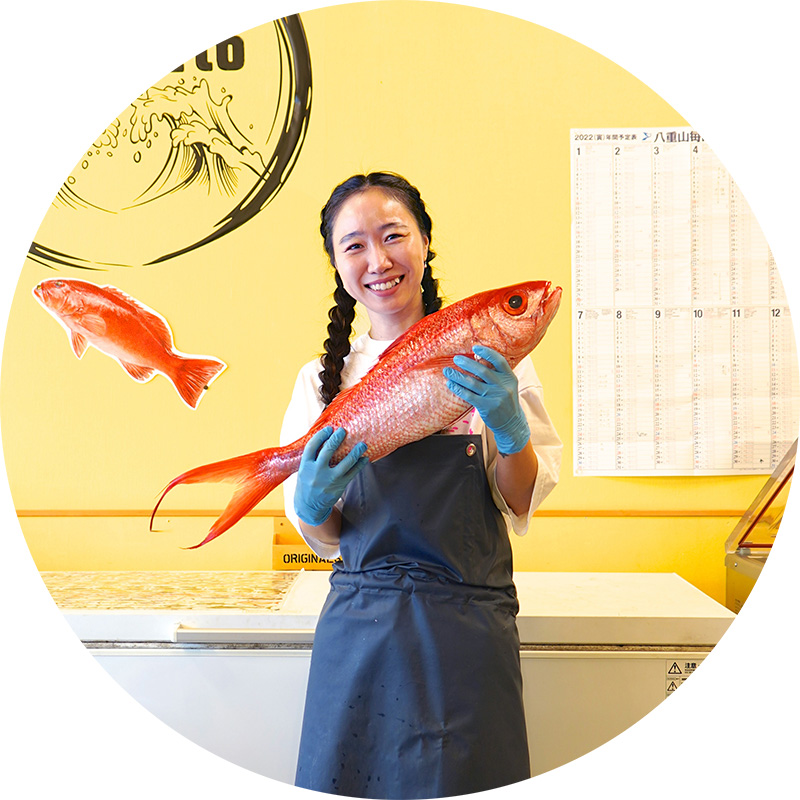
profile
Sayaka Nakajima
She was born on May 6th, 1983 at 8:04am on Ishigaki Island as the eldest daughter of the fourth generation of fishermen.
In 2013, he established a company that handles Michitakemaru fish.
The coronavirus outbreak has prompted us to focus not only on fresh fish but also on processed products.
I am also involved in coral farming, and would like to continue enjoying the blessings of the ocean while protecting its environment.